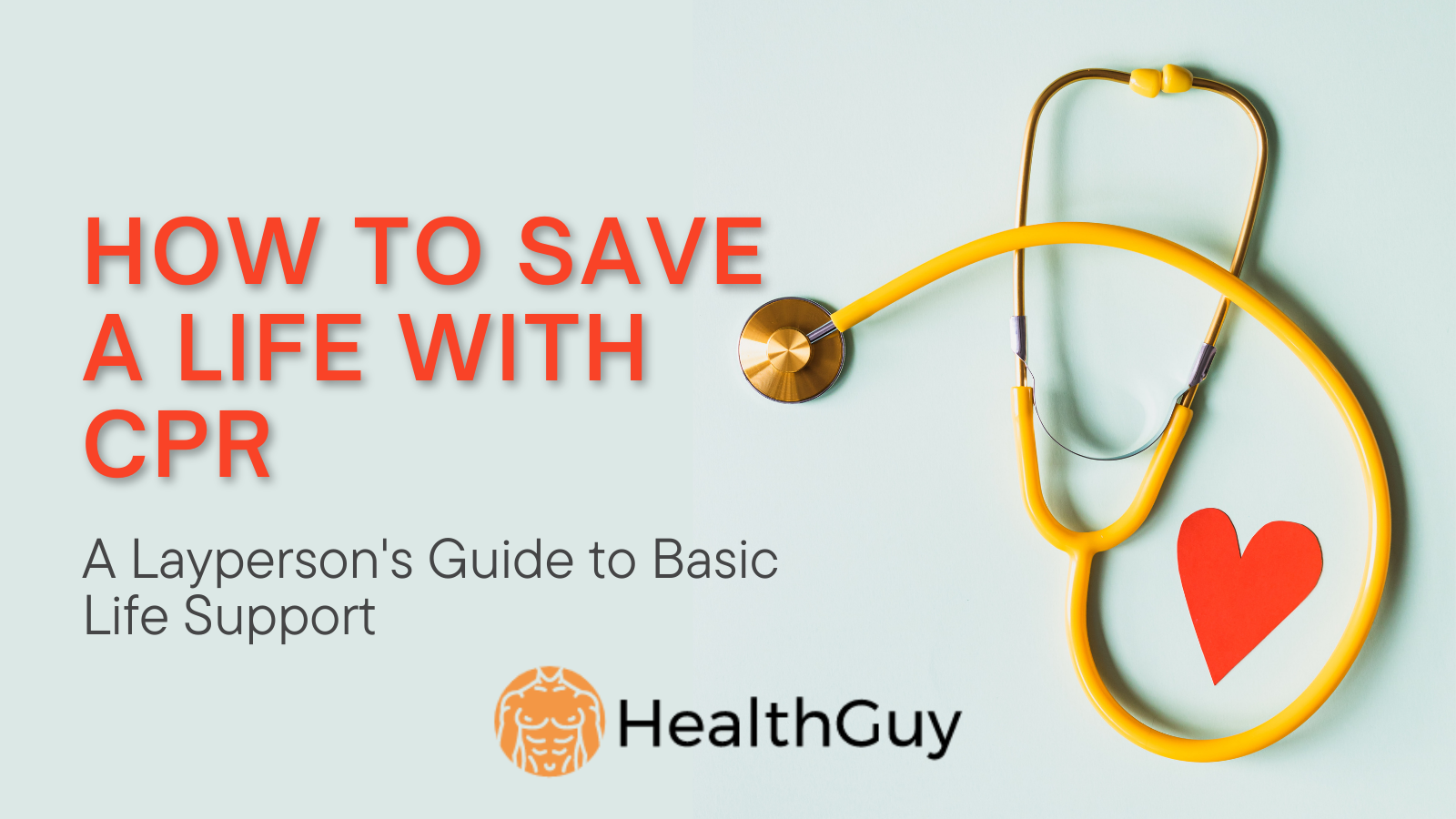
How to Save a Life with CPR: A Layperson’s Guide to Basic Life Support
Cardiopulmonary resuscitation (CPR) is a life-saving technique used to revive someone who has stopped breathing or whose heart has stopped beating. It’s essential to know how to perform CPR as it can significantly increase the chances of survival in an emergency In this article, we will explain what CPR is and how to perform it in simple layman’s language.
What is CPR?
CPR is a first aid technique that involves chest compressions and rescue breaths to maintain blood flow and oxygen to vital organs in the body. It’s important to perform CPR as quickly as possible if someone has stopped breathing or their heart has stopped beating.
Steps to Perform CPR
- Check for responsiveness: First, check if the person is conscious and responsive. Tap them on the shoulder and ask if they’re okay. If there’s no response, shout for help and call emergency services.
- Open the airway: Tilt the person’s head back gently and lift their chin to open their airway.
- Check for breathing: Check if the person is breathing by looking, listening, and feeling for breaths for 10 seconds. If they’re not breathing or only gasping, start CPR immediately.
- Perform chest compressions: Kneel beside the person and place the heel of one hand on the centre of the chest, between the nipples. Place the other hand on top of the first hand and interlock your fingers. Keep your arms straight and push down firmly and quickly about two inches deep into the chest, then release. Repeat this cycle of 30 chest compressions followed by two rescue breaths.
- Give rescue breaths: After 30 chest compressions, give two rescue breaths by tilting their head back and lifting their chin to open their airway. Pinch their nose closed, take a deep breath, and blow into their mouth to make their chest rise. Continue to do this cycle of 30 compressions and two rescue breaths until help arrives or until the person starts breathing on their own.
CPR is a life-saving technique that can help save someone’s life in an emergency. It’s important to remember to call for help and start CPR immediately if someone has stopped breathing or their heart has stopped beating. By performing chest compressions and rescue breaths, you can help maintain blood flow and oxygen to vital organs in the body until medical help arrives.
Here are some video links from reputed organizations that provide useful information on CPR:
- American Red Cross: How to Perform CPR: This video provides a step-by-step guide on how to perform CPR on adults, children, and infants. It also covers how to use an automated external defibrillator (AED) and what to do in case of choking.
- Mayo Clinic: CPR Overview: This video provides an overview of CPR and its importance. It covers the basics of CPR, including chest compressions and rescue breaths, and shows how to perform it on adults and children.
- British Heart Foundation: CPR Steps: This video provides a simple guide on how to perform CPR on adults, including how to check for responsiveness, how to perform chest compressions, and how to give rescue breaths.
- American Heart Association: Hands-Only CPR: This video explains the concept of hands-only CPR, which involves performing chest compressions without rescue breaths. It’s a simpler version of CPR that’s easy to remember and perform in an emergency.
- St. John Ambulance: CPR Training: This video provides a comprehensive guide on how to perform CPR on adults, children, and infants. It covers the basics of CPR, how to use an AED, and what to do in case of choking.
- National Health Service (NHS): CPR for Adults: This video provides a step-by-step guide on how to perform CPR on adults. It covers how to check for responsiveness, how to perform chest compressions, and how to give rescue breaths.
These video links provide helpful information on CPR and can help laypeople understand the steps involved in performing CPR. It’s important to remember that the best way to learn CPR is to attend a training course in person.
